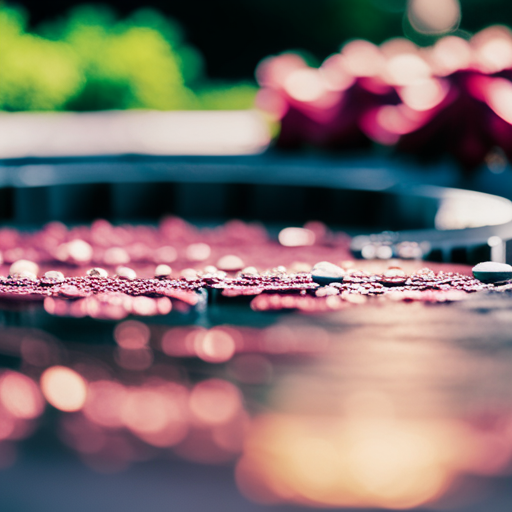Are you tired of lackluster meals and dull flavors? Look no further than reverse osmosis (RO) water to enhance the taste and quality of your cooking.
Not only does RO water remove pollutants and contaminants, it also eliminates bad tasting chemicals like chlorine, ensuring healthier and tastier meals.
But that’s not all. RO water also removes the majority of microbes from tap water, making it a clean and safe option for cooking and baking. You can say goodbye to waterborne diseases and hello to revitalized cooking with RO water.
Some may worry about the lack of essential minerals in RO water, but there are simple remedies such as adding mineral drops or remineralizing filters.
With RO water, you can take your cooking to the next level and create delicious and healthy meals for you and your family.
Key Takeaways
– RO water is pollutant, chemical, and contaminant free, making it a great choice for cooking and baking.
– RO water removes bad tasting chemicals like chlorine and results in quicker cooking time and intact food quality.
– Remineralized water or the addition of Himalayan salt can address the lack of essential minerals in RO water.
– Water significantly affects the taste and texture of food, and using RO water can result in healthier, more delicious dishes.
Advantages of RO Water
You’ll love using RO water for cooking and baking since it’s pollutant, chemical, and contaminant-free. This means your food will be more nutritious and quicker to prepare.
RO water removes bad-tasting chemicals like chlorine and the majority of microbes from tap water. This results in clean and safe-to-drink water, suitable for cooking and baking.
In addition, using RO water for cooking helps retain nutrients in your food. Water significantly affects the taste and texture of food, so using RO water ensures healthier food and adds to the taste and texture of your recipes.
RO water is also an excellent choice for drinking. When used in baking, it ensures good fermentation and gluten formation, resulting in intact food quality and quicker cooking time.
Disadvantages and Remedies
To address the potential side effects of using RO water for cooking and baking, there are several ways to add essential minerals and electrolytes back into the water.
One option is to use remineralization filters, which can add calcium and magnesium back into the water.
Another option is to add Himalayan salt, which contains essential minerals and can also help subside the slightly bitter taste of RO water.
Additionally, mineral drops can be added to RO water for remineralization.
While RO water may not contain essential minerals, there are remedies available to ensure that the water used in cooking and baking is still nutritious and safe.
By utilizing one of these remineralization options, you can revitalize your cooking with the benefits of RO water without sacrificing essential minerals and electrolytes.
Importance of Water in Cooking
Using clean and pure water is crucial in cooking as it significantly affects the taste, texture, and overall quality of the dish. Water quality is important to ensure that the ingredients are clean and free from contaminants that may cause foodborne illnesses.
Water also helps in proper hydration of the ingredients, which results in the right consistency of the dish. It plays a vital role in cooking as it distributes other ingredients evenly and helps in the proper fermentation and gluten formation in baking.
The taste and texture of the dish can also be affected by the hardness level of the water used. Hard water has minerals and salts that can offset the taste of the ingredients. Therefore, using RO water that is pollutant, chemical, and contaminant-free ensures healthier and more nutritious food with authentic taste and texture.
Conclusion
So, there you have it: reverse osmosis (RO) water is the perfect addition to your cooking arsenal. With its ability to remove pollutants, chemicals, and contaminants, as well as bad-tasting chemicals like chlorine, RO water ensures that your meals are not only healthier, but also tastier.
Plus, it removes the majority of microbes from tap water, making it a safe option for drinking and cooking. While some may worry about the lack of essential minerals in RO water, there are easy solutions such as adding mineral drops or remineralizing filters.
By using RO water in your cooking, you can say goodbye to waterborne diseases and hello to delicious and revitalized meals. So, go ahead, try it out for yourself and see the difference that RO water can make in your cooking.
